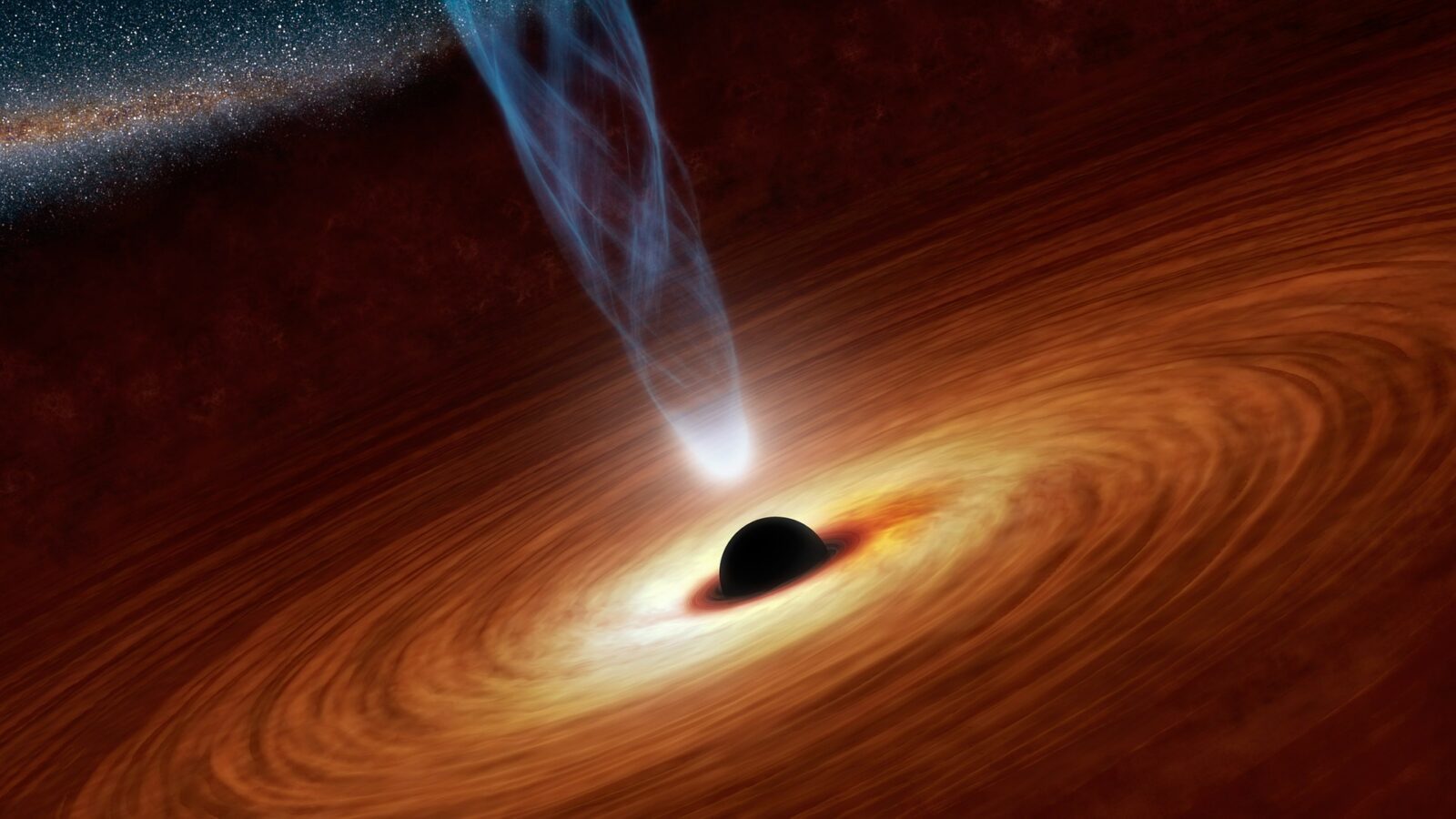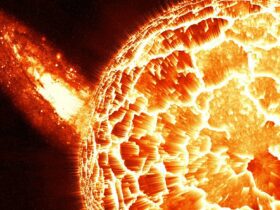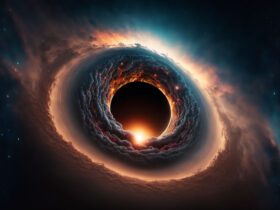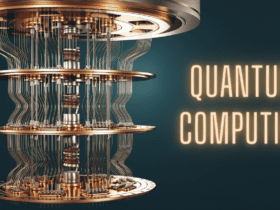A physicist at the University of Michigan is utilizing quantum computing plus machine learning to help comprehend the concept of holographic duality.
Holographic duality is a mathematical concept that links particle theories and interactions with gravity theory. This conjecture implies that the theories of gravity and particles are mathematically analogous: whatever happens in the theory of gravity also occurs in the theory of particles, as well as vice – versa.
Both theories explain various dimensions, but they differ by one in the number of dimensions they describe. So, for instance, gravity manifests in three dimensions inside the geometry of a black hole, but particle physics lives in two dimensions on its surface, a flat disk.
Our entire universe, according to some scientists, is indeed a holographic projection of particles, which might lead to a consistent quantum explanation of gravity.
Rinaldi and his co-authors look at ways to study holographic duality utilizing quantum computing & deep learning to determine the lowest energy state of mathematical equations termed quantum matrix models in a paper published in the journal PRX Quantum.
Researchers are aiming to determine the precise arrangement of particles in the system that represents the system’s lowest energy state, termed the ground state, when they solve matrix models like these. Nothing changes in the system in its natural condition unless you add anything to it that causes it to be perturbed.
The researchers in Rinaldi’s work define the quantum wave function, which is a mathematical representation of the quantum state of their matrix model. Then they utilize a unique neural network to determine the matrix’s wave function with the least amount of energy, its ground state. The ground state from both matrix models studied by the researchers was discovered, although quantum circuits are constrained by a limited number of qubits.
The findings, according to Rinaldi, set a high bar for future research on quantum and machine learning algorithms that could be used to examine quantum gravity using the concept of holographic duality.
The research was published in the journal PRX Quantum.















Leave a Reply